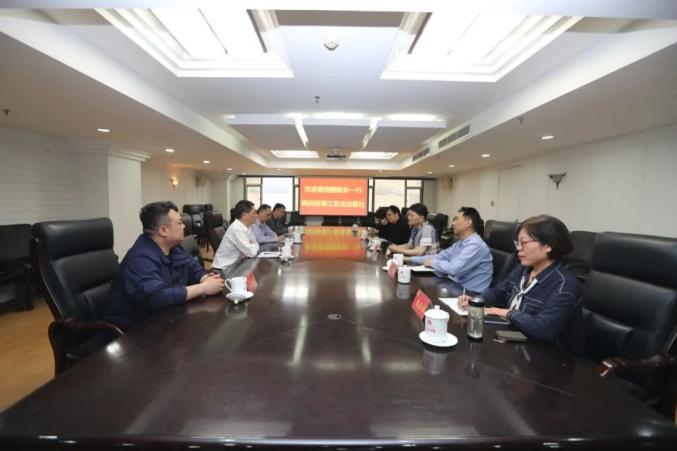Guide To Overseas Investment Of Chinese Enterprises
Guide To Overseas Investment Of Chinese Enterprises
With the acceleration of globalization and the sustainable development of China's economy, more and more Chinese companies have chosen to "go global" to expand the international market, acquire advanced technology, and optimize resource allocation through overseas investment. However
With the acceleration of globalization and the sustainable development of China's economy, more and more Chinese companies have chosen to "go global" to expand the international market, acquire advanced technology, and optimize resource allocation through overseas investment. However, overseas investment involves complex legal, financial, political and cultural risks, and enterprises need to be fully prepared. This guide is designed to provide Chinese companies with key points and suggestions for overseas investment.
1. Preparation before investment. Clarify the investment target companies need to clarify the purpose of overseas investment, such as market expansion, technology acquisition, resource integration or brand improvement, and formulate clear strategic plans. Based on your own financial strength, management ability and industry characteristics, choose appropriate investment methods (such as Greenland Investment, M&A, Joint Venture, etc.). Comprehensive market research studies the political stability, laws and regulations, economic environment, industry competitive landscape and market demand of the target countries. Pay attention to the host country's access restrictions, tax policies, labor regulations and environmental protection requirements for foreign investment to avoid compliance risks. Risk Assessment and Management Assess potential challenges such as geopolitical risks (such as wars, sanctions), exchange rate fluctuations, and cultural differences, and formulate response plans. Use insurance (such as CITIC Insurance’s overseas investment insurance) or support from international financial institutions to reduce risks. 2. Compliance and approval of the investment implementation stage comply with China's overseas investment supervision requirements, and complete the filing or approval procedures of the National Development and Reform Commission, the Ministry of Commerce and the State Administration of Foreign Exchange. Follow the host country's anti-monopoly and national security review regulations to ensure that the transaction is legal and compliant. Financing and tax optimization rationally design financing structures, and use cross-border loans, equity financing and other methods to reduce costs. Optimize tax burden with international tax agreements and transfer pricing strategies to avoid double taxation. Localized operations respect local culture and hire management teams familiar with local markets to avoid management failure due to cultural conflicts. Perform social responsibilities, strengthen communication with the government, the community and the media, and establish a good corporate image. 3. Post-investment management integration and coordination to integrate business, financial and human resources into mergers and acquisitions to achieve synergistic effects. Establish an efficient cross-border management mechanism to ensure smooth information between the parent company and overseas subsidiaries. Continuous risk monitoring regularly evaluates host country policy changes, market fluctuations and operational risks, and adjusts strategies in a timely manner. Establish emergency plans to respond to emergencies (such as political turmoil and natural disasters). 4. Policy support and resource utilization
Conclusion
Overseas investment is an important way for Chinese enterprises to globalize, but it is also full of challenges. Enterprises need to be fully prepared, balance opportunities and risks, and achieve long-term sustainable development through scientific management and localized operations.





